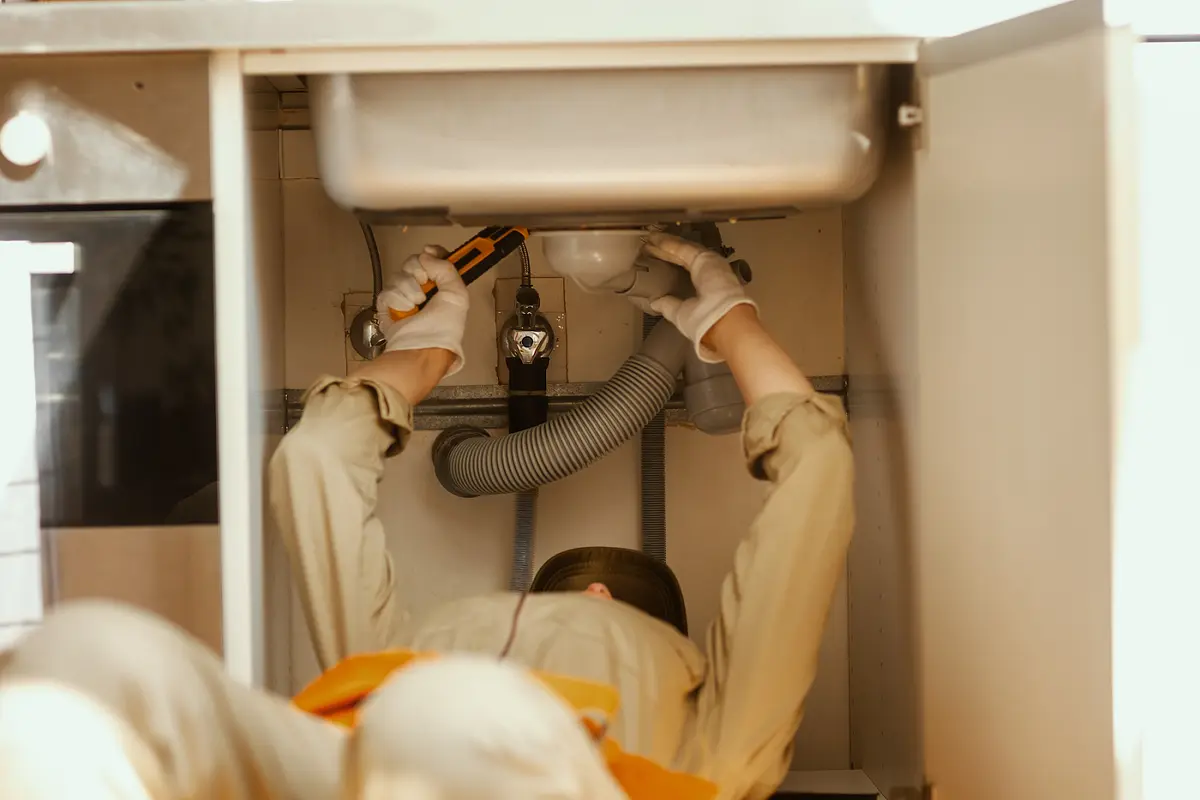Fix Bathroom Odors: U-Bend Myths and Solutions
Listen to the blog audio:

Myth 1|Do all U-traps need regular water replenishment?
No.
Only floor drains/less frequently used drainage outlets need to add 0.5–1 liter of clean water weekly to maintain the water seal. Toilets, washbasins, and frequently used showers/bathtubs receive enough water through daily use and do not require additional water.
Myth 2|Does pouring bleach or boiling water into the U-bend kill germs and remove odors?
Not recommended.
- Bleach: High concentrations lingering in the water seal may release harmful gases when mixed with other cleaners; it can also degrade rubber components and sealants.
- Boiling water: Household drainage pipes are often made of PVC, and prolonged or high-temperature exposure can cause softening, deformation, or loosening; experts advise against pouring boiling water directly into drains (especially when clogged or draining slowly).
- Safer alternative: Routinely clean pipe buildup with warm water mixed with baking soda and white vinegar, then rinse with warm water.
Myth 3|Adding a little cooking oil into the floor drain can reduce evaporation and maintain the water seal for a long time?
Not recommended. It can easily accumulate oil and block the pipes, and it is also non-compliant. Adding clean water when needed is sufficient.
What to Do When You Smell Odors from a Failed U-bend Trap?
- Rebuild the Water Seal: Pour 0.5–1 liter of water into the floor drain or infrequently used drain.
- Remove Accumulated Debris: Use a drain snake or wire to extract hair, then pour in baking soda + white vinegar, let it sit for 30 minutes, and rinse with warm water.
- Seal the Connections: Check the silicone seals at the bottom of the sink and floor edges; if there are cracks, reapply the sealant.
If the odor returns quickly after adding water, or if it is particularly strong when flushing the toilet or when water is discharged from downstairs, it is likely due to insufficient ventilation or a siphon issue—contact a registered plumber.
How to Prevent U-Bend Trap Failure in the Long Term?
- Unused Drain Outlets: Add clean water once a week; units using dehumidifiers should be especially mindful of evaporation.
- Monthly Pipe Cleaning: Use baking soda + white vinegar + warm water; avoid strong acids, concentrated bleach, and boiling water.
- Maintain Ventilation: Use exhaust fans or open windows to reduce the buildup of moisture and odors.
- During Renovation or Pipe Modification: Ensure the water seal depth meets standards (commonly ≥50 mm); if necessary, choose floor drains or traps with anti-odor or anti-siphon designs.
In summary, not everyone needs to "add water" to maintain a U-bend trap, but if odors, dry conditions, or gas seepage occur, they should be addressed promptly. If the situation is unclear or does not improve after self-treatment, it is advisable to have a registered plumber inspect it to prevent minor issues from becoming long-term odor or leakage problems.
